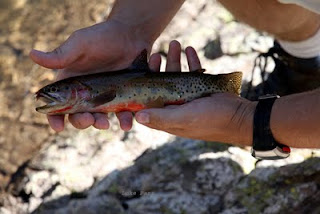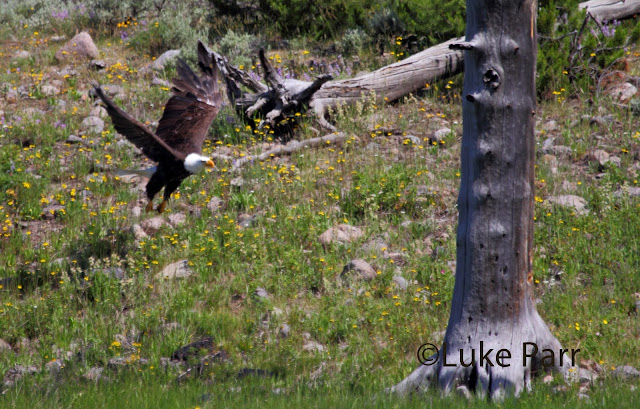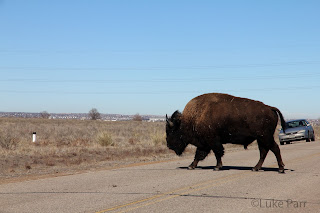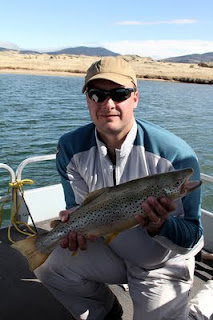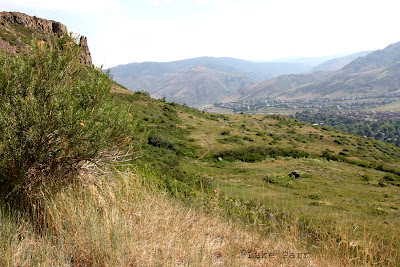Search This Blog
Hiking, Backpacking, Fishing, Geocaching and Photography in the Rocky Mountains and beyond.
Posts
Showing posts from 2013
Colorado Parks and Wildlife Giving Away Salmon- 2013
- Get link
- Other Apps
Bear Creek Lake State Park Flooding
- Get link
- Other Apps
10th Mountain Division Hut Below Homestake Peak
- Get link
- Other Apps
Excelsior Geyser Crater, Yellowstone National Park
- Get link
- Other Apps
Yellowstone Grizzly Bear Eating Elk Carcass
- Get link
- Other Apps
Colorado Parks and Wildlife's YouTube Channel
- Get link
- Other Apps
The Sun Voyager In Reykjavik Iceland
- Get link
- Other Apps
Green Mountain, Lakewood, Colorado
- Get link
- Other Apps
Yellowstone Bald Eagle Taking Off
- Get link
- Other Apps
A Photo A Day For The Month Of August
- Get link
- Other Apps
Lower Falls- Yellowstone National Park
- Get link
- Other Apps
Watching Grizzlies in Yellowstone National Park
- Get link
- Other Apps
Staunton State Park- Colorado's Newest State Park
- Get link
- Other Apps
SCUBA Diving at Aurora Reservoir
- Get link
- Other Apps

